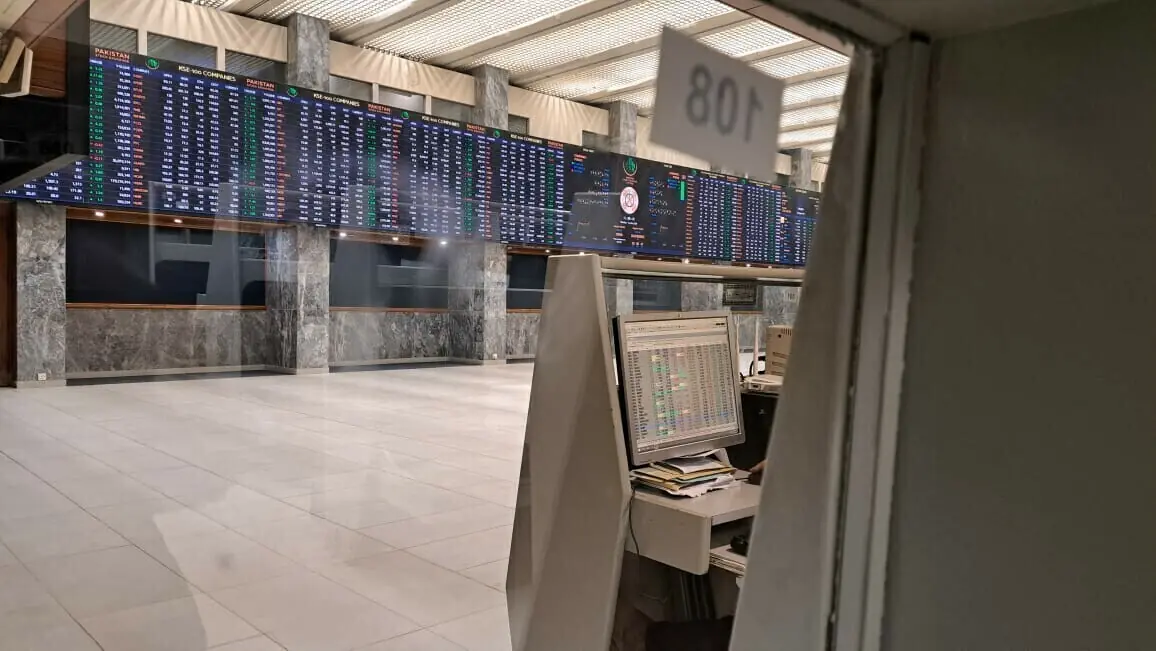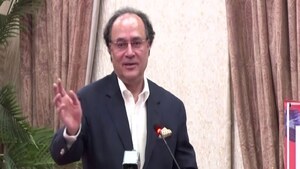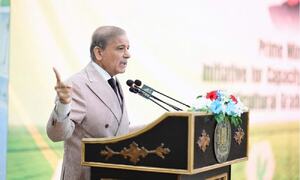Latin American policymakers are manning their defences ahead of what could be a new battle in the "currency wars" as flows of hot money put unwelcome upward pressure on their currencies.
Economists and investors predict that an easing in the euro zone's debt crisis, new economic stimulus measures in Japan and a return of risk appetite will fuel bumper investment flows into Latin America and other emerging markets in 2013. Some policymakers are already at the barricades.
Colombia cut interest rates on Monday and said it would ramp up dollar purchases. Peru plans to pre-pay up to $1.5 billion in foreign debt this year and is intervening aggressively to curb currency gains. And tiny Costa Rica unveiled a steep hike in taxes on foreign investments this month.
Even Mexico, which has a hands-off approach to currency market intervention, is considering an interest rate cut that some economists believe reflects as much a desire for a weaker peso as it does concerns about growth.
"Much of the region is once again dealing with the impacts of currency wars and QE in the developed world," said Standard Chartered senior strategist Bret Rosen, referring to the extraordinary monetary easing measures undertaken by central banks known as quantitative easing.
Low interest rates in developed economies encourage investors to look for yield elsewhere, pushing up the currencies of countries at the receiving end of their attentions. Stronger currencies make exports less competitive, hurting economic growth. It is a problem that has battered Brazilian manufacturers for several years. The government pushed back by slashing interest rates and intervening in the currency market to weaken the real, introducing capital controls and offering tax breaks for several industries.
But Brazil has less room for manoeuvre than other leading Latin American economies this year as policymakers are concerned about inflation, which rose above an annualised rate of 6 percent this month.
Latin American finance ministers complained last month about the impact of stimulus policies in developed economies, and Group of 20 economic policymakers are set to address the impact of monetary policy on currency valuations next month at a meeting in Russia. Tools to combat appreciating currencies include buying dollars, as Colombia and Peru are doing; capital controls as in Costa Rica; and macroprudential measures, such as Peru's move to raise deposit requirements on dollar bank accounts.
Mark Mobius, who helps oversee $51 billion in emerging market assets at fund manager Franklin Templeton, expects a huge influx of funds into emerging markets this year as investors tire of low-yielding government bonds.
"I think it's going to be enormous, terrific, hundreds of billions. Investors have been penalised with so low rates that they are not making anywhere near what they need," he said.
Global stock markets are up 4 percent already this year, and fund tracker EPFR said it noted a clear preference for emerging market equities over bonds, which attracted most money in 2012. The VIX index, a gauge of investor stress, fell this month to its lowest levels since 2007.
The Institute of International Finance banking group predicts capital flows to Latin America will jump 5.6 percent this year from 2012 to a record $321 billion.
Inflows to the region in 2012, including foreign direct investment as well as stock and bond investment, were already estimated to be about 30 percent higher than the "hot money" period immediately before the global financial crisis in 2008. Brazil and Mexico, as the region's two biggest economies, are likely to attract the bulk of inflows in 2013, although Brazil has managed to deter a lot of speculative investors with capital controls introduced during 2010-2011, when a rush of capital pushed the real up 12 percent against the dollar. Foreign portfolio inflows into Brazilian stocks and bonds totalled $16.5 billion last year, down from $67.8 billion in 2010.
In its January fund managers' survey, Bank of America Merrill Lynch said Brazil had the biggest share of "underweight" ratings in the history of the survey. Mobius likes small to mid-cap companies in the region and firms exposed to the consumer sector, such as banks. Citigroup, which raised its stock ratings for Latin America to "overweight" as it cut back other emerging markets, likes industrials.
Mexico, for its part, is benefiting from optimism about tax and energy reforms being promised by its new government. That has helped propel stocks and bonds to record high levels.
Pacific Investment Management Co, the California-based firm known as PIMCO that operates the world's largest bond fund, sees opportunities to make money if Mexico's central bank cuts interest rates later this year, pushing up the price of bonds. Mexico's central bank has made a U-turn from warning of rate hikes to warning of rate cuts, prompting many to suspect it is worried about the peso. The peso hit a 10-month high the day central bankers met to discuss rates, and it only came off those highs when policymakers warned the following morning that they could cut rates. Lower rates would make the peso less attractive to foreign investors.
BR100
15,107
Increased By
47.9 (0.32%)
BR30
43,249
Increased By
317.9 (0.74%)
KSE100
149,132
Increased By
317 (0.21%)
KSE30
45,323
Increased By
117 (0.26%)





















Comments
Comments are closed.